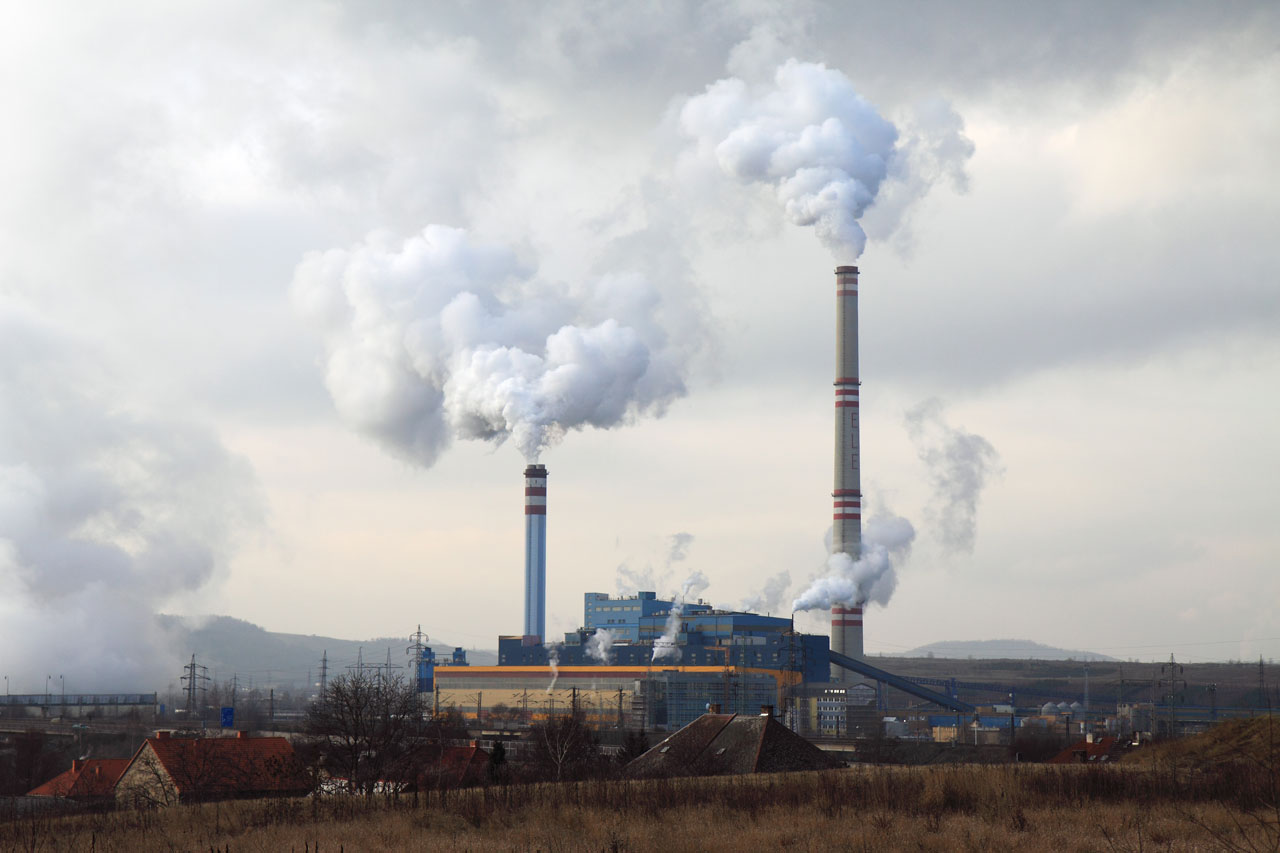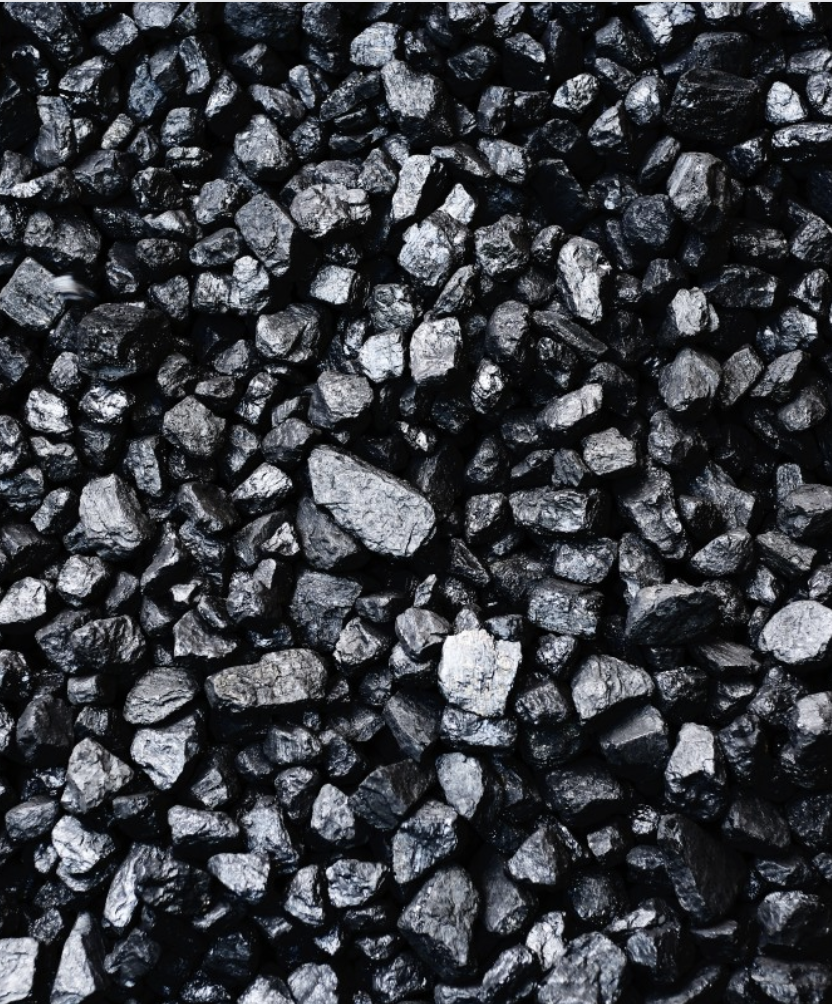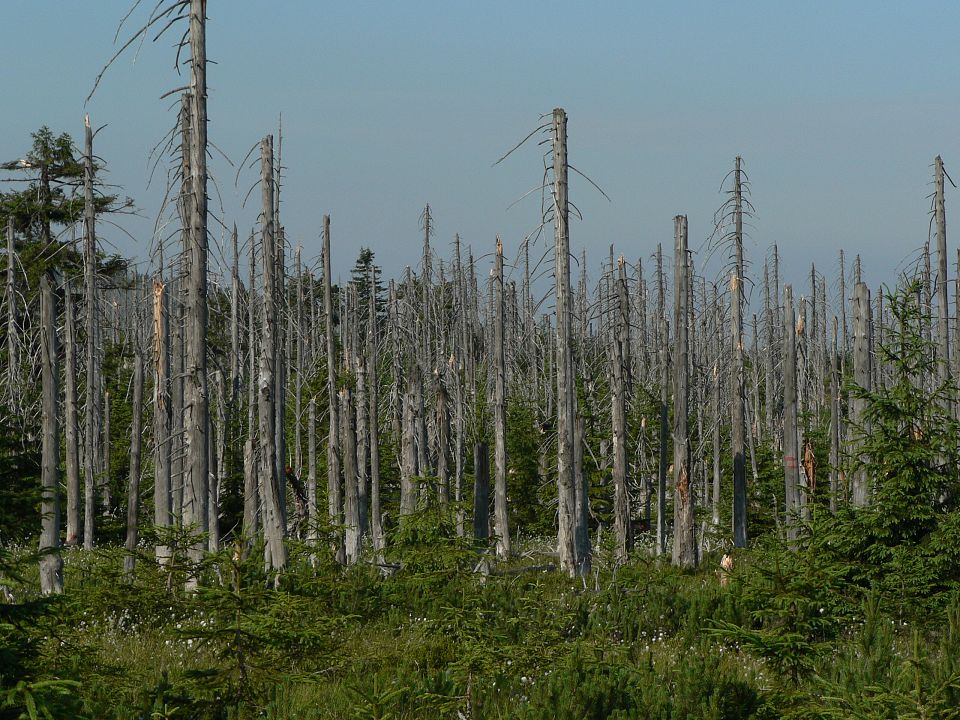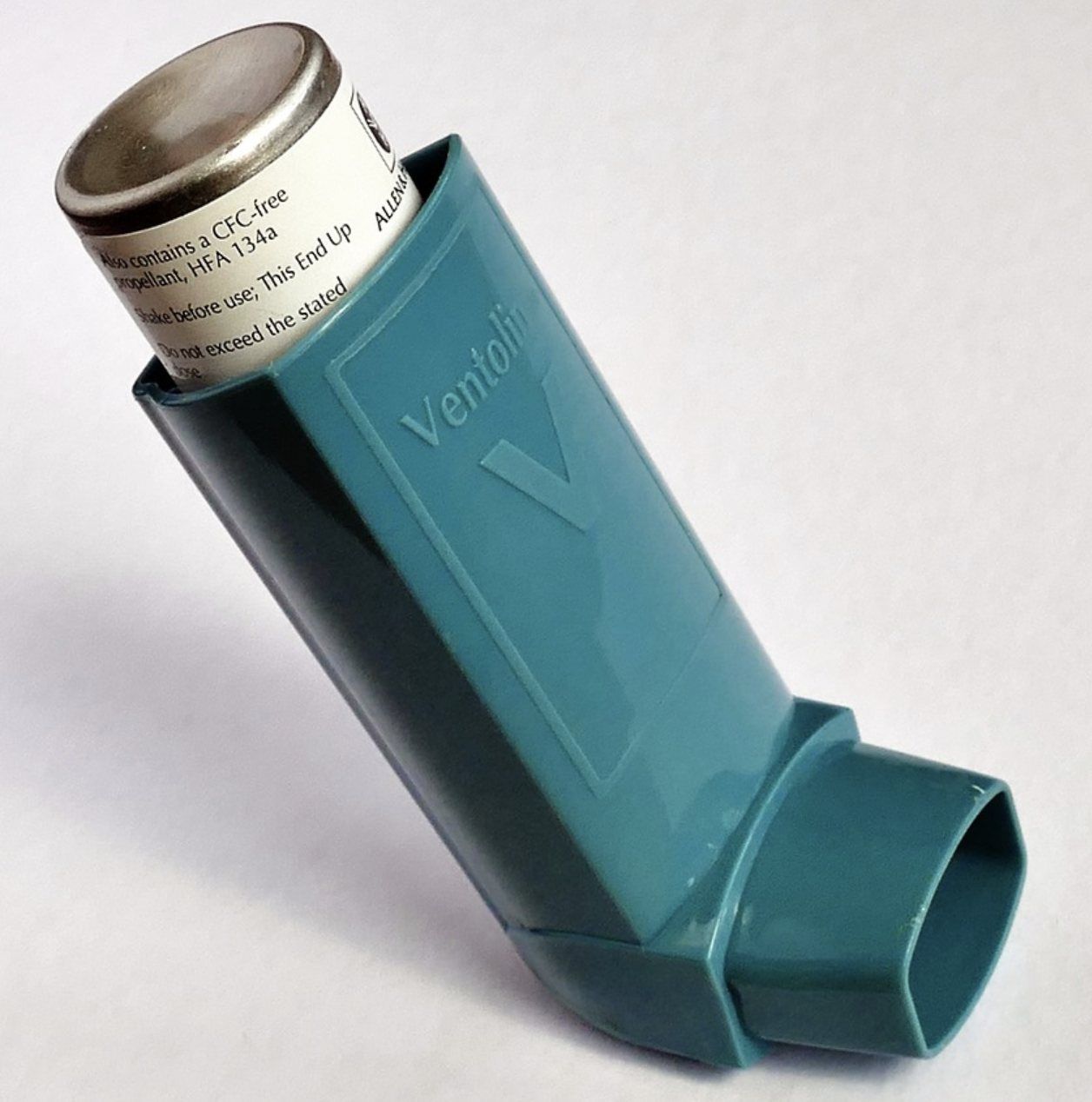
Newly Released - May 26, 2020 - "The Cost of Coal"
Click here to read the full report.
Coal is costly.
Coal harms our health, pollutes our environment, and hurts our economy. Coal-fired power plants not only spew out toxic substances that inflict a devastating and immediate toll on local air and water quality, but they also release alarming amounts of carbon that will linger in the atmosphere for centuries and disturb the delicate balance of our entire climactic system — meaning these negative consequences transcend geographic and temporal boundaries and damage just about every part of our planet, especially our most vulnerable communities. Coal poisons everyone from the miners who extract it to the neighbors adjacent to coal-fired power plants and coal trains, all while costing more than most other sources of power.
1) Coal harms our health.
Over 1.2 million people, including nearly 350,000 children, live within 12 miles of a Wisconsin coal-fired power plant — meaning these residents are particularly vulnerable to the health dangers of burning coal. In fact, shutting down just a single coal plant prevents 38 heart attacks and 408 asthma attacks on average. Unfortunately, however, the health hazards aren’t just confined to the immediately adjacent areas — ultimately, nearly everyone is at risk.
-
Coal-fired power plants generate massive amounts of air pollution. In fact, they release many of the 187 different hazardous air pollutants listed in the Clean Air Act, including harmful substances like nitrogen and sulfur oxides that lead to a variety of respiratory diseases. Perhaps most importantly, burning coal also emits fine particulate matter (PM2.5), which is especially detrimental to human health because it can infiltrate deep into the lungs and increase the risk of asthma, heart attacks, stroke, cancer, premature death, and even impaired cognitive function. In fact, air pollution from coal-fired power plants leads to thousands of deaths each year in the United States as well as a significant number of doctor visits and hospitalizations. Living near a coal-fired plant is also associated with pregnancy and fetal abnormalities, including low birth weight — even in neighborhoods 30 miles away from the nearest plant. To compound matters, according to the EPA, 40 percent of power plants still don’t have advanced pollution control equipment.
-
Burning coal produces a mess of other toxic substances like heavy metals that end up in rivers, lakes, and groundwater — potentially contaminating food and drinking water sources. Mercury pollution stemming from coal-burning is particularly problematic, as coal-fired power plants produce 42 percent of the country’s mercury pollution. Just one drop can contaminate an entire lake and make all the lake’s fish hazardous to eat. Mercury is incredibly toxic — it harms nearly every major organ, including the kidneys, lungs, digestive system, and immune system. Its effects on the brain and nervous system, especially those of young children and developing fetuses, are especially destructive — it can cause tremors, memory loss, hearing loss, speech problems, congenital defects, psychological problems, and permanent cognitive effects, including Minamata disease.
-
Once coal is burned, a waste material — called coal ash — remains leftover. This byproduct is also incredibly toxic, filled with carcinogens and heavy metals, and it must be stored indefinitely in huge reservoirs of hazardous waste — some of them as large as 1000 acres. But nearly all of these impoundments are unlined or don’t use the necessary safety precautions, meaning they fail to contain the coal ash and allow this toxic sludge to seep into groundwater or overflow into neighboring environments. In fact, 91 percent of the plants contaminated groundwater, which is a drinking water source for 67 percent of Wisconsinites. To learn more about the harms of coal ash, click here.

Coal doesn’t just magically appear at these coal-fired power plants — it must be mined, cleaned, and transported to them, and each of these stages generates pollution and harms human health. It’s well known that coal mining is incredibly unsafe and unhealthy for miners (causing coalworker’s pneumoconiosis, or black lung disease, in a significant portion of them, among other illnesses like cancer and silicosis), but coal mines also harm the health of nearby communities — leading to cardiovascular and respiratory diseases as well as birth defects due to the plumes of coal dust these residents breathe in on a daily basis. While thankfully there are no coal mines in Wisconsin, Wisconsin residents often suffer from similar problems. Trains delivering thousands of tons of coal arrive in Wisconsin each day to supply the state’s coal-fired power plants, and this coal is then stored in enormous uncovered piles that release similar plumes of coal dust and shower local communities with toxic substances. Residents near the Oak Creek Power Plant in southeast Wisconsin have been particularly hard hit by this airborne coal, describing how on windy days black powder rains down on their homes and ultimately makes its way inside.
2) Coal pollutes our environment.
It’s not too hard to understand: clearcutting natural areas to pillage the earth for coal and then shipping it around the country to burn in huge factories doesn’t spell good news for our environment. As previously mentioned, burning coal pumps toxic fumes into our atmosphere, poisons our waters with heavy metals, and contaminates groundwater with coal ash. The litany of harms doesn’t stop there:
-
Most significantly, burning coal contributes to climate change. Coal, even more so than other fossil fuels, releases vast amounts of carbon dioxide into the atmosphere as a result of the combustion process — generating 65 percent of the electricity sector's carbon dioxide emissions. Because it’s a greenhouse gas, pumping all of this carbon dioxide into the atmosphere has led and will continue to lead to higher temperatures, rising sea levels, droughts, more intense storms and hurricanes, floods, forest fires, ecosystem destruction, crop damage, famines, epidemics, refugee crises, species extinction, and geopolitical conflict. While we’ve seen tremendous progress in the last few decades at reducing acid rain, coal-fired power plants still
 contribute to this harmful phenomenon. When sulfur dioxide and nitrogen oxides are released from burning coal, they react in our atmosphere with other chemicals to form corrosive acids. These acids, which can travel hundreds of miles from their source, then mix with water and rain down onto the earth’s surface, where they acidify soils and bodies of water and kill forests and aquatic organisms (in addition to causing billions of dollars of damage to buildings and statues). At its peak, acid rain (also known as acid deposition) damaged 80 percent of some species of trees in Germany’s fabled Black Forest. Today, thanks to effective regulations like the Clean Air Act, the U.S. has dramatically cut sulfur dioxide emissions and reduced the severity of acid rain — although it still remains harmful. Additionally, because soils take a long time to recover, forests have been slow to heal.
contribute to this harmful phenomenon. When sulfur dioxide and nitrogen oxides are released from burning coal, they react in our atmosphere with other chemicals to form corrosive acids. These acids, which can travel hundreds of miles from their source, then mix with water and rain down onto the earth’s surface, where they acidify soils and bodies of water and kill forests and aquatic organisms (in addition to causing billions of dollars of damage to buildings and statues). At its peak, acid rain (also known as acid deposition) damaged 80 percent of some species of trees in Germany’s fabled Black Forest. Today, thanks to effective regulations like the Clean Air Act, the U.S. has dramatically cut sulfur dioxide emissions and reduced the severity of acid rain — although it still remains harmful. Additionally, because soils take a long time to recover, forests have been slow to heal.
-
Other byproducts of coal combustion also harm aquatic species. Selenium, a substance in coal ash, causes deformities in fish. Unfortunately, it bioaccumulates as well, meaning the birds that eat these fish also suffer adverse health effects, including emaciation, liver problems, and congenital defects.
-
Most coal today is extracted through surface mining, which involves clearcutting long strips of land and removing shallow deposits, digging massive open pits to access deeply buried coal, or even blasting away entire mountaintops. However it’s done, mining coal destroys entire ecosystems and even permanently alters the earth’s geography. It also generates toxic waste that can linger for centuries (see our mining page for more information). While there aren’t any coal mines in Wisconsin, our coal-fired power plants require fuel, and this demand for coal perpetuates this devastating process.
3) Coal hurts our economy.
-
Coal-fired power plants are simply too costly to operate. Almost half of all coal plants are unprofitable, as they can’t compete with cheaper sources of energy. In 75 percent of cases, renewable energy is cheaper than coal – and this trend will continue. As a result, utility companies are closing coal plants to save billions of dollars and replacing them with sources of renewable energy. In Wisconsin today, it would be cheaper to replace 4 out of the 7 largest coal-fired power plants with wind and solar than to continue operating them – and that is without taking negative externalities from the coal plants into account. By 2030, it will be cheaper to replace 96 percent of coal-fired power plants with new solar- or wind-generated ones in the U.S. Since 2010, 291 US coal-fired power plants have closed, with only 239 remaining
-
Critics point to the fact that the coal industry employs thousands of U.S. residents. Solar and wind create more jobs than coal, and these jobs are growing at a rapid pace. In fact, three times as many U.S. residents work in the clean energy sector as the fossil fuel sector, and the clean energy sector even added 110,000 jobs in 2018. These jobs are also more distributed around the state than coal jobs. For the same amount of energy generated, renewable energy provides more than 4 times as many jobs as coal energy. And for every million dollars invested, solar and wind would supply Americans with twice as many jobs as coal. Transitioning away from coal will likely lead to a net increase in jobs. Effective job transition programs are vital, especially for people who formerly worked in the coal industry.
-
 All these calculations don’t even take into account the economic cost that coal exacts on the environment, public health, businesses, and other areas of society (what economists call negative externalities). These hidden side effects — from air and water pollution to environmental degradation to harmful health effects — are expensive. In fact, a Harvard economist estimated that coal causes $175 to $500 billion worth of damage each year to our country. Worst of all, coal companies don’t pay these costs — we do.
All these calculations don’t even take into account the economic cost that coal exacts on the environment, public health, businesses, and other areas of society (what economists call negative externalities). These hidden side effects — from air and water pollution to environmental degradation to harmful health effects — are expensive. In fact, a Harvard economist estimated that coal causes $175 to $500 billion worth of damage each year to our country. Worst of all, coal companies don’t pay these costs — we do.
4) The harmful consequences of our reliance on coal disproportionately affect minority, low-income, and other vulnerable communities.
People of color are more likely to live near coal-fired power plants and coal ash waste sites, especially in the Southern United States. People who live next to coal plants breathe in higher levels of air pollution and toxic substances, and, not coincidentally, have higher rates of asthma and other respiratory diseases. In fact, black children are twice as likely to die from asthma compared to their white counterparts. To make things even worse, people of color are more likely to suffer from the adverse effects of climate change, including from vector-borne diseases and heatwaves. These glaring injustices — the consequences of institutional racism and discriminatory policies and practices toward Black and Brown U.S. residents — must be redressed. Coal mines, power plants, and waste sites are also much more likely to be located in low-income communities. And these same communities are also most vulnerable to the hazards of climate change due to limited expendable income to respond to natural disasters and other climate impacts.
All of this important information can get pretty impersonal and hard to process. What does it all mean for the average person? Click here to learn more about one family's struggle living near a coal plant